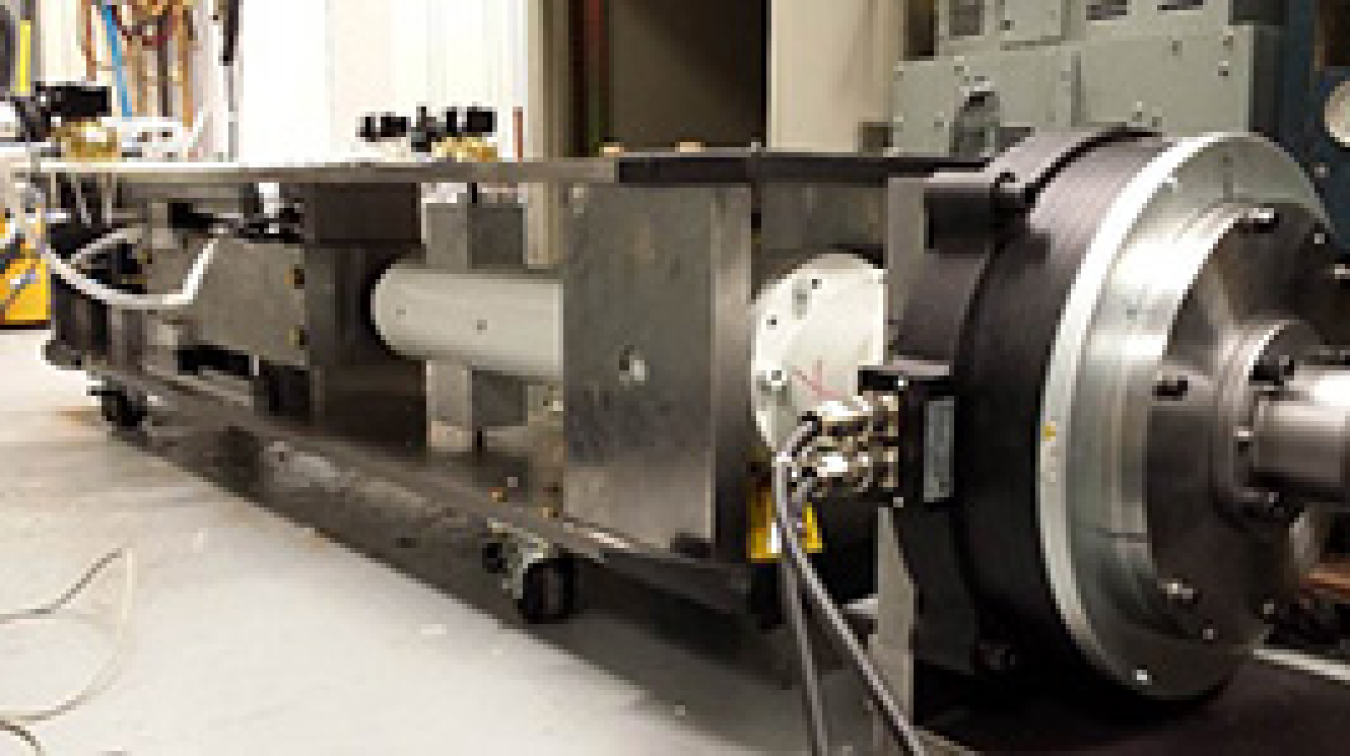Sheetak and Xergy are approaching water heating in entirely new ways, offering better performance while still placing a premium on affordability.
March 24, 2014The U.S. Department of Energy announced March 20, 2014, approximately $2 million to advance next-generation water heating technologies developed by America’s small businesses.
The two selected Phase II projects — one by Sheetak of Austin, Texas, and the other by Xergy Inc. of Seaford, Delaware — received awards under the Small Business Innovation Research (SBIR) program, a governmentwide effort to leverage small businesses’ technical expertise. Sheetak and Xergy are approaching water heating in entirely new ways, offering better performance while still placing a premium on affordability.
Solid-State = Solid Savings
Sheetak is using its innovative solid-state heat pump technology to develop a new generation of water heaters. This thin film, thermoelectric technology has the potential to significantly reduce the electrical energy consumed in water heating — without affecting the cost. Besides water heating, it can also be used in a variety of other appliances and HVAC systems.
SBIR projects are split into two phases:
- In Phase I, which was completed recently, Sheetak developed a scaled-down version of a solid-state water heater prototype.
- In Phase II, Sheetak will work on developing a full scale prototype, using its thin film thermoelectric modules.
Furthermore, Sheetak plans to commercialize its U.S.-made thermoelectric modules, seeking out both the domestic and international market. These solid-state heat pump elements not only have the potential to dramatically change the way we heat water, but can also operate quietly and reliably, all at a low cost.
Water Over Vapor
Xergy is transforming heat pump technology with its electrochemical compressor. By using water as the working fluid, rather than a refrigerant, which contributes to climate change and is used by the vapor-compression systems in current water heaters, Xergy’s technology can operate with zero global warming potential. The electrochemical compressor creates a refrigeration cycle by producing a small volume of lightly pressurized hydrogen from electricity, leveraging hydrogen’s excellent thermodynamic characteristics, as well as existing proton-exchange-membrane (PEM) technology.
In Phase I of this project, Xergy developed the technology for an electrochemical compressor (ECC) suitable for a 50 gallon unit, which is both more efficient than current mechanical compressors, but also scalable. The technology uses a new high-performance, low-cost membrane configuration suitable for ECC use. In Phase II, Xergy will create a prototype heat pump hybrid hot water heater using their electrochemical compressor.
DOE + Small Business Innovation Research (SBIR)
These awards are part of the Department’s larger efforts to help small businesses develop prototype technologies that could do the following:
- Improve manufacturing energy efficiency
- Reduce the cost of installing clean energy projects
- Generate electricity from renewable energy sources
In total, $17 million has been awarded to 17 SBIR projects in 13 states. These projects will focus on developing clean energy technologies with a strong potential for commercialization and job creation.
The awards are for Phase II projects to further develop Phase I projects and produce a prototype or equivalent within two years. Find more information on the Department’s Small Business Innovation Research program.


